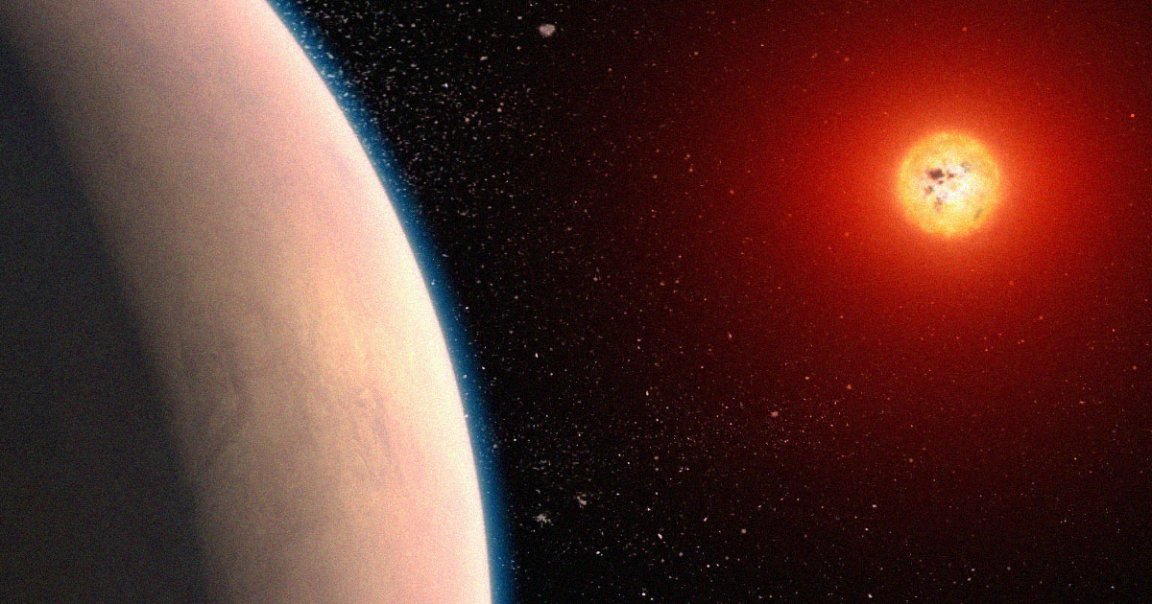
Exoplanet Mystery
The Space Telescope Science Institute announced this week that NASA’s James Webb Space Telescope has detected water vapor near a rocky exoplanet that is highly unlikely to have an atmosphere.
It’s a startling discovery that raises more questions than it can answer. For instance, does the presence of water vapor indicate that the rocky exoplanet dubbed GJ 486 b has an atmosphere — or could the vapor be coming from the planet’s much cooler host star?
It’s a particularly intriguing finding, since to date, no rocky planet of this sort has been found to definitively have an atmosphere. And regardless, the Webb just keeps delivering the goods.
Water Works
GJ 486 b orbits its host star every 1.5 Earth days, which means it’s far too close to be within the star’s habitable zone, a region where the presence of liquid water is theoretically possible.
That also means it’s incredibly hot, with experts estimating its surface temperature to be around 800 degrees Fahrenheit.
This kind of heat makes the existence of an atmosphere unlikely, unless it’s somehow able to continually replenish itself as its nearby host star blasts it with radiation.
Nonethless, the Webb’s Near-Infrared Spectrograph detected signs of water vapor, as detailed in a new paper accepted for publication in The Astrophysical Journal Letters.
But the authors of the study warn that there’s still a chance that the water vapor may have emanated from the much cooler host star, not the planet.
Exoplanet Breakthrough
However, if astronomers do find more evidence that the exoplanet has an atmosphere, it would be groundbreaking.
“Water vapor in an atmosphere on a hot rocky planet would represent a major breakthrough for exoplanet science,” Kevin Stevenson, the principal investigator on the recent study and a staff astronomer at Johns Hopkins University’s Applied Physics Laboratory, said in the statement.
“But we must be careful and make sure that the star is not the culprit,” he added.
Fortunately, the Webb telescope’s other instruments will soon have a chance to have a closer look at the mysterious rocky planet.
“It’s joining multiple instruments together that will really pin down whether or not this planet has an atmosphere,” Stevenson explained.
More on the Webb: JWST Looks Back In Time And Discovers Oldest Known Black Hole in the Universe